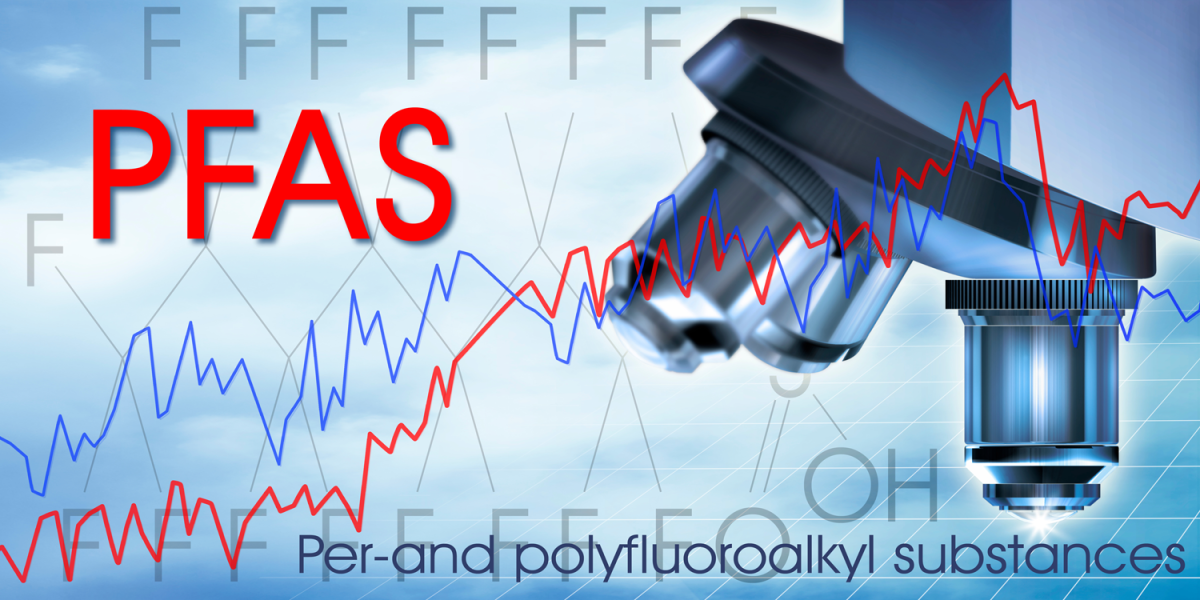You are here

Introduction
In the era of heightened awareness around per- and polyfluoroalkyl substances (PFAS) and their potential risks, establishing a comprehensive PFAS compliance program is imperative. Organizations must comply with evolving regulations while also reflecting their commitment to responsible corporate citizenship. In this article, we outline the essential steps for building a robust PFAS compliance program.
Step 1: Educate your team on PFAS
The first step involves educating your team on what PFAS actually are and what they do. Start by ensuring that key personnel in your organization understand the nature of PFAS, their potential health impacts and the relevant PFAS regulations in your industry and jurisdiction(s).
If you are lacking knowledge about the nature of PFAS, seek out answers to any remaining questions. Then, identify the use of PFAS in your organization by conducting a thorough review of your products, manufacturing processes and supply chain.
It is also important to engage in a risk assessment to determine the potential risk of PFAS contamination in your products and to consider the likelihood that your workers and customers will be exposed to PFAS.
Step 2: Strategize for success
As a leader, you must demonstrate your commitment to complying with regulations, minimizing PFAS use and adopting alternatives. The first step is to craft a comprehensive PFAS policy that outlines concrete strategies for managing PFAS use and considering other chemicals for your products.
How do you start? Assemble a cross-functional team involving legal, compliance, environmental and Research and Development (R&D) experts. Collaboration such as this ensures that your policy takes a broad and holistic approach. It also reduces a big barrier to success: miscommunication.
Step 3: Test and monitor products
You should rely upon laboratory testing to regularly test products, raw materials and manufacturing byproducts. Choose accredited laboratories with expertise in PFAS detection. You should also collaborate with suppliers to ensure that they provide PFAS-free materials.
Step 4: Monitor compliance
You should prioritize the implementation of a monitoring system to track changes in regulations and you should keep up-to-date on PFAS developments in the news. Maintain detailed records of testing, results and actions taken for reporting purposes.
Step 5: Look to the future: alternatives and product reformulations
Your R&D program can be helpful to you as you meet organizational sustainability goals. You should allocate resources for identifying PFAS-free alternatives that maintain product performance. You should also mitigate your risks by developing a strategy for phasing out PFAS-containing materials. Consider the use of pilot projects and be aware that the implementation of these reformulations may be gradual.
Step 6: Be transparent
Communication is two-pronged. Internal communication is necessary for transparency and to avoid miscommunication between siloed teams. You should not only educate your employees about the PFAS compliance program that you have in place; you should also explain the employees’ unique roles in ensuring its success.
It is also important to communicate with outside stakeholders such as customers, shareholders and supply chain partners about your commitment to PFAS compliance. If PFAS are still used in certain products due to technical limitations, communicate the reasons why and the steps being taken to mitigate safety risks.
Step 7: Develop training programs
Finally, training programs can be extremely helpful to achieve success. Training not only ensures consistency in your compliance approach; it also fosters a sense of accountability. You should develop training modules to educate employees about PFAS in general, compliance procedures and workplace policies that you have in place.
Establish a feedback loop that encourages employees to report potential PFAS-related issues and suggestions for improvement. The more employees are involved in the process of PFAS mitigation, the better. Be ready to adapt to changes.
Conclusion
Establishing a PFAS compliance program is a multifaceted endeavor that requires commitment, collaboration and continuous effort. By prioritizing the above approaches, your company can effectively navigate the complex landscape of PFAS regulation.
Check our 3E Regulatory Compliance Tracker for frequent updates on key product safety and chemical compliance regulations, requirements and deadlines. Bookmark this free tool today!

 Top
Top